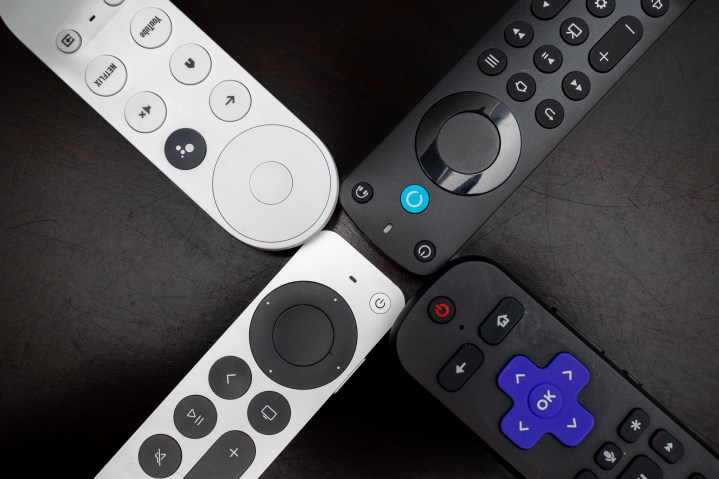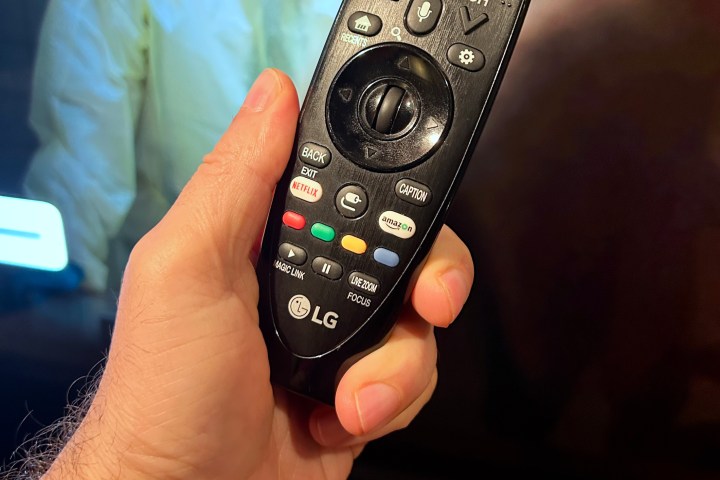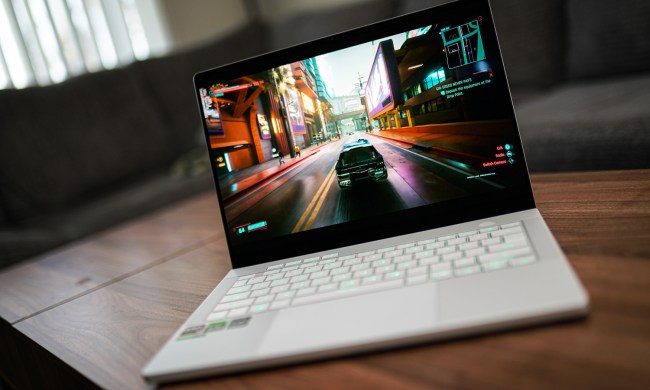
Have you noticed it’s getting harder to understand what actors are saying? No, you’re not getting old (well, maybe you are, but that’s a different story). And no, it’s not a problem with that soundbar you just spent hundreds of dollars on. The sad reality is that, for a multitude of reasons, movie and TV show dialogue is getting harder to understand.
Some, like Devin Gordon in The Atlantic, point the finger at the streaming services to which we’ve become hopelessly addicted. Gordon cites HBO as a prime offender and offers evidence that the service is changing the original soundtrack mix in a way that harms dialogue intelligibility.
Others — who claim knowledge of the way modern content is created — say that less attention is being paid to the way sound is recorded in the first place. Oppenheimer director, Christopher Nolan, says he intentionally avoids Automated Dialogue Replacement (ADR), even though the postproduction technique can substantially improve the detail and clarity of voice recordings.
Why is this happening? The answer is likely half technical and half financial, and I’m not going to get into either right now. Instead, I’m going to propose a somewhat low-tech solution to this high-tech problem: Every company that makes remote controls needs to add a dedicated subtitles button.
One solution for multiple problems
Yes, that’s a defeatist suggestion. It effectively says to the guilty parties, go ahead, keep destroying our ability to figure out what actors are saying, we’ll just reach for our remotes and read the words instead. And yet, it solves more than one issue.
If you’ve ever spent time with a member of the Gen Z cohort — and as a father of two of these digital natives, I have logged thousands of hours in their company — you may have noticed that they think subtitles should be turned on by default. As many as 70% of them feel this way and 50% of millennials agree. I’ve made impassioned pleas designed to curb what I see as a fundamentally distracting mode of watching movies, but my kids suffer some kind of age-related hearing loss too (they can’t hear their father’s voice at all).
Each app does this dance differently.
So when I flop in front of the TV and discover that the subtitles I had vanquished less than 24 hours ago have been resurrected, I perform my very best old-man-yells-at-cloud routine and then I begin the task of finding the subtitle-off menu for whatever streaming service I happen to be using. On Netflix, for example, you need to begin playback of a show or movie before being able to access the Audio and Subtitles options. The way you access this option varies from one device to another. What’s worse is that each app does this dance differently. A single button would lower my blood pressure considerably.
Related:
- How to turn subtitles on/off on Amazon Prime Video
- How to turn subtitles on/off on Netflix
- How to turn subtitles on/off on Disney+
- How to turn subtitles on/off on Max (HBO)
There also are times when I’ve been forced to back down from my anti-subtitle position. Midway through the first episode of Peaky Blinders, as my kids grew increasingly frustrated with me, I had to concede that the combination of Irish accents and period slang were preventing me from understanding huge swaths of the story. Pressing a button would have let me quickly fix the problem without enduring the I-told-you-so stares I received as I bumbled with the settings.
The differences between subtitles and closed captions
A subtitles button would be even more convenient for those who need the help that subtitles offer — like members of the Deaf and hard of hearing communities — but who find themselves at hotels or friends’ and families’ homes where the feature isn’t already turned on.
You may be thinking, wait, isn’t that what closed captioning is for — and don’t TV remotes already have closed caption buttons? The answer is surprisingly complex.
First, some background: subtitles and closed captions are similar , but they have different purposes and different technical implementations.

Closed captions are the original, legacy format for text-on-screen. They’re meant to describe various aspects of the soundtrack, including sound effects and music in addition to dialogue, for those who are Deaf or hard of hearing. Closed captions will include details like [door slams] and they sometimes label dialogue with a character’s name (e.g., “John: I never said I loved you”) to make it easier to identify who’s speaking in fast-paced scenes.
Captions can also take different on-screen forms: Live broadcasts will often use a scrolling version of captioning with several lines of text visible at once, the newest at the bottom, whereas prerecorded shows have captions that look more like conventional subtitles, with one or two lines of non-scrolling text appearing at the bottom of the screen, in sync with the actors’ speech.
While your remote control (or the one in your hotel room) might have a dedicated closed-captions button, it won’t necessarily work for streaming content, even if that content is coming from a native streaming app built into your smart TV’s operating system. If you get your broadcast TV from cable or satellite via a separate set-top box, it won’t work for that content either — the closed captions format is incompatible with the HDMI specification — so it must be managed by the set-top box, not the TV.
Basic subtitles — the ones that you can access via streamed shows and movies, or on YouTube — exist to provide a readable version of the on-screen dialogue, typically in a different language than the soundtrack. These subtitles assume the viewer can hear the audio, but may not be able to understand the words being spoken.
Then there are subtitles designed for Deaf and hard-of-hearing viewers, known as SDH. These are the modern equivalent of closed captions and provide all of the extra information needed to understand what’s happening on-screen, even if you can’t hear the soundtrack at all.
While still the exception rather than the rule, streaming services are increasingly offering SDH in multiple languages — in addition to their non-SDH counterparts — which gives every viewer a choice over the text they want to see. These services also offer audio descriptions (AD) for Blind audience members or those with decreased vision.
Despite these easy-to-understand differences, it can still get confusing. Streaming services and device manufacturers have a tendency to use all three terms interchangeably.
A simple answer to a complicated question

Now, back to the remote control question. If having a one-button toggle for subtitles (and/or captions) is as much of a no-brainer as it seems, why doesn’t it already exist?
Once again, it’s complicated. Though nearly always present for content broadcast in the U.S. — thanks to a 1990s-era Federal Communications Commission (FCC) rule — caption availability differs across the world, making a dedicated button less universal than you might think.
And while captions are regulated for broadcasts in the U.S., streaming content operates under different rules — so far, there’s no requirement for subtitles or SDH. This means that there are times when streamed content simply has no text-on-screen option at all.
The Roku ecosytem is a good example. With thousands of apps (or channels as Roku refers to them), there’s a lot of variation in subtitle availability.
Despite this uneven landscape, Apple, Google, and Roku have simple voice commands for toggling subtitles (Amazon’s Alexa doesn’t). This gives me hope: If a voice command can be programmed to turn this feature on and off with the utterance of a few words, I see no reason why a button can’t be programmed to do the same thing.
In fact, with some additional software options, I can think of a few different ways such a button could work: access the subtitles menu, toggling subtitles on/off, and perhaps a third option where your device lets you choose how the button behaves.
Unlike other universally adopted buttons like volume and mute, there’s more complexity involved when it comes to a subtitles button, but the sheer value of having such a button should be more than enough incentive for device makers, content developers, and access providers to figure it out.
Even if we don’t end up with a standards-based button that works the same way on all remotes, simply having a set of best practices that engineers at TV and streaming device companies could follow would be a significant improvement over the Wild West approach we have today.
Fixing the dialogue quality associated with our favorite movies and shows would be great, but even if that happens, a single button dedicated to our subtitle preferences is an idea whose time has come.
At the very least, it might keep the intergenerational peace.




